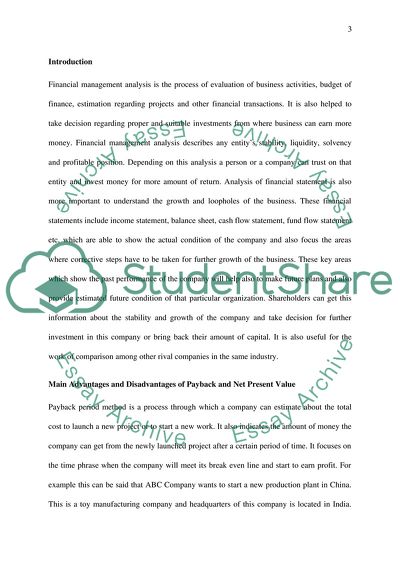Cite this document
(Financial management analysis Admission/Application Essay, n.d.)
Financial management analysis Admission/Application Essay. https://studentshare.org/finance-accounting/1833347-financial-management-analysis
Financial management analysis Admission/Application Essay. https://studentshare.org/finance-accounting/1833347-financial-management-analysis
(Financial Management Analysis Admission/Application Essay)
Financial Management Analysis Admission/Application Essay. https://studentshare.org/finance-accounting/1833347-financial-management-analysis.
Financial Management Analysis Admission/Application Essay. https://studentshare.org/finance-accounting/1833347-financial-management-analysis.
“Financial Management Analysis Admission/Application Essay”. https://studentshare.org/finance-accounting/1833347-financial-management-analysis.


